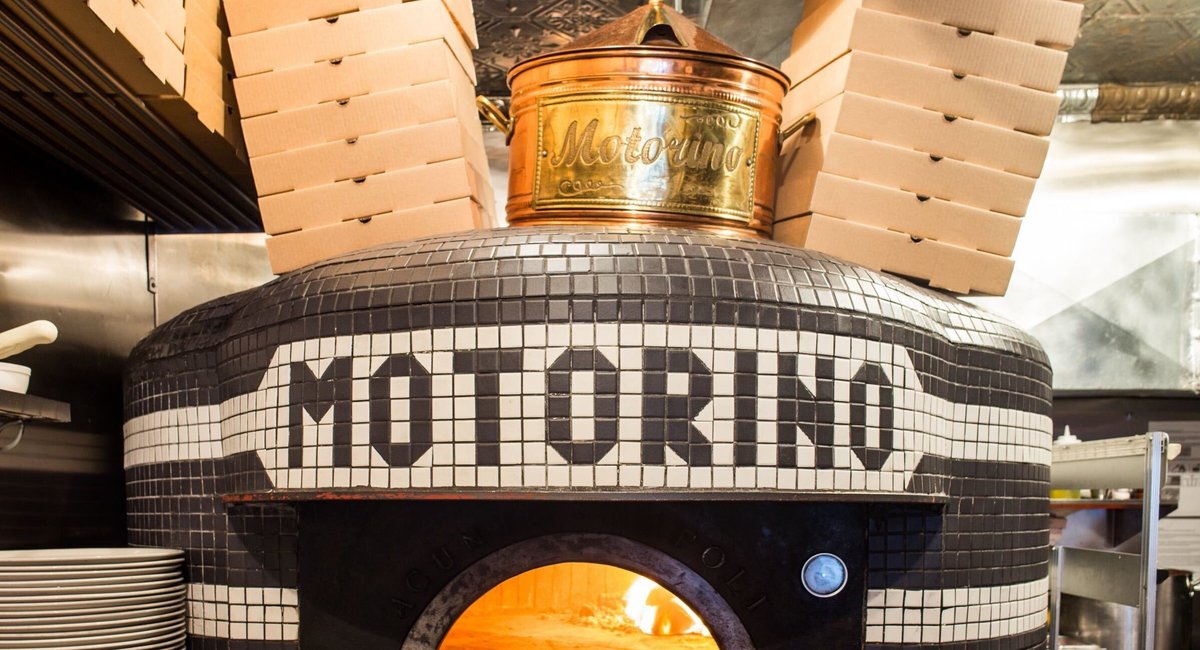A new rule that will drastically limit emissions from New York City’s coal and wood-fired stoves goes into effect next month, and one councilmember hopes to ease the burden it imposes on pizzerias.
The rule requires restaurants with coal or wood-fired stoves to add a filter system that will reduce their emissions by 75%. It applies to just over 100 eateries across the city, many of which are pizzerias. The filters cost around $20,000. In response, Councilmember Justin Brannan said he’ll introduce legislation to give those restaurateurs a tax credit to install the filters.
“If the goal here is truly to reduce the emissions produced by these old school ovens and not to raise revenue by issuing more fines to our beloved small businesses, then let’s help these pizzerias comply instead of setting them up to fail,” Brannan said in a statement. “Since only a handful of businesses will be impacted by the new rule, I’m confident we can come up with a solution so nobody gets burned.”
A tax credit would also require legislation in Albany.
The pollution is significant even when compared to natural gas, which is more commonly used in commercial kitchens. Burning wood produces two-and-a-half times more carbon emissions than gas, while coal produces about double the emissions of natural gas.
Wood-fired pizzeria owners who spoke to Gothamist were not thrilled with the cost of the filters, but acknowledged their pies cause pollution.
Mathieu Palombino, the owner of Motorino, said he burns a cord of wood every week at just one of his three locations. A cord is equal to roughly 5,000 pounds of wood, and can produce nearly 13,000 pounds of carbon dioxide when burned.
“We’re throwing a forest inside these ovens, literally,” Palombino said.
Palombino said he is considering switching to natural gas stoves at two other locations, and added that the cost of switching to gas is about the same as installing the new filters. He said he didn’t taste any difference between gas- and…
Read the full article here

Leave a Reply